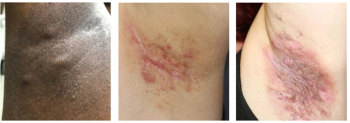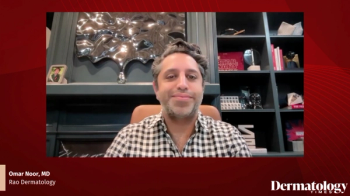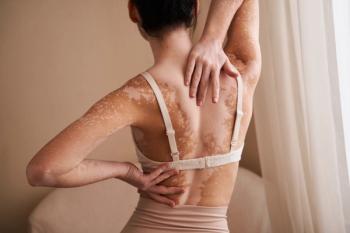
The Foundation of Psoriasis Tx: Talking Topical Therapy With Linda Stein Gold, MD
Key Takeaways
- Topical treatments are foundational in psoriasis management, often used alone or with systemic therapies.
- Corticosteroids provide rapid relief but are unsuitable for long-term use due to side effects like skin thinning.
Tips for leveraging the right topical to improve patient outcomes from Linda Stein Gold, MD.
Despite the continued advancement of systemic therapies, topical treatment remains the foundation of psoriasis management, Linda Stein Gold, MD, said in an interview with Dermatology Times at the
“The vast majority of [patients] are either treated with topical therapy alone, or they’re using topical therapy concomitantly with their systemic medications,” said
Historically,
Unfortunately, with all the agents prescribed, patients may feel overwhelmed, which can lead to polypharmacy confusion, Stein Gold added. “When you think about all the prescriptions that we're writing—maybe we're using some of the traditional non-steroidals—patients end up with all these prescriptions and they are almost incapacitated by fear because there's so many things to do. They forget what they're supposed to do,” she said.
Although potent steroids offer rapid symptom relief, Stein Gold said they are not a sustainable solution. “I think of them as a short-term answer to a long-term solution or really like a band-aid,” she said. Long-term use can thin the skin, disrupt the barrier, and increase transepidermal water loss.
Fortunately, non-steroidal options are becoming more viable. Stein Gold pointed to
She also spotlighted topical
The foam version was recently approved, she said. “What's nice with that is there's one vehicle that can be used on the scalp as well as on the body.”
Importantly, these newer agents are well tolerated, she said. “tolerability is so important because if you give somebody something that stings and burns, chances are they might use it a little bit, but they're probably not going to be really good about treating in the long-term.”
Looking ahead, Stein Gold sees room for growth. “Still not 100% of patients are getting [their symptoms] under control,” she said. “If we can get some new drugs with new mechanisms of action, I think that would be great.”
Reference
- Stein Gold L. Psoriasis Topicals: Totally Tubular. Presented at DERM 2025 NP PA CME Conference; July 23-26, 2025; Las Vegas, Nevada.
Newsletter
Like what you’re reading? Subscribe to Dermatology Times for weekly updates on therapies, innovations, and real-world practice tips.



















